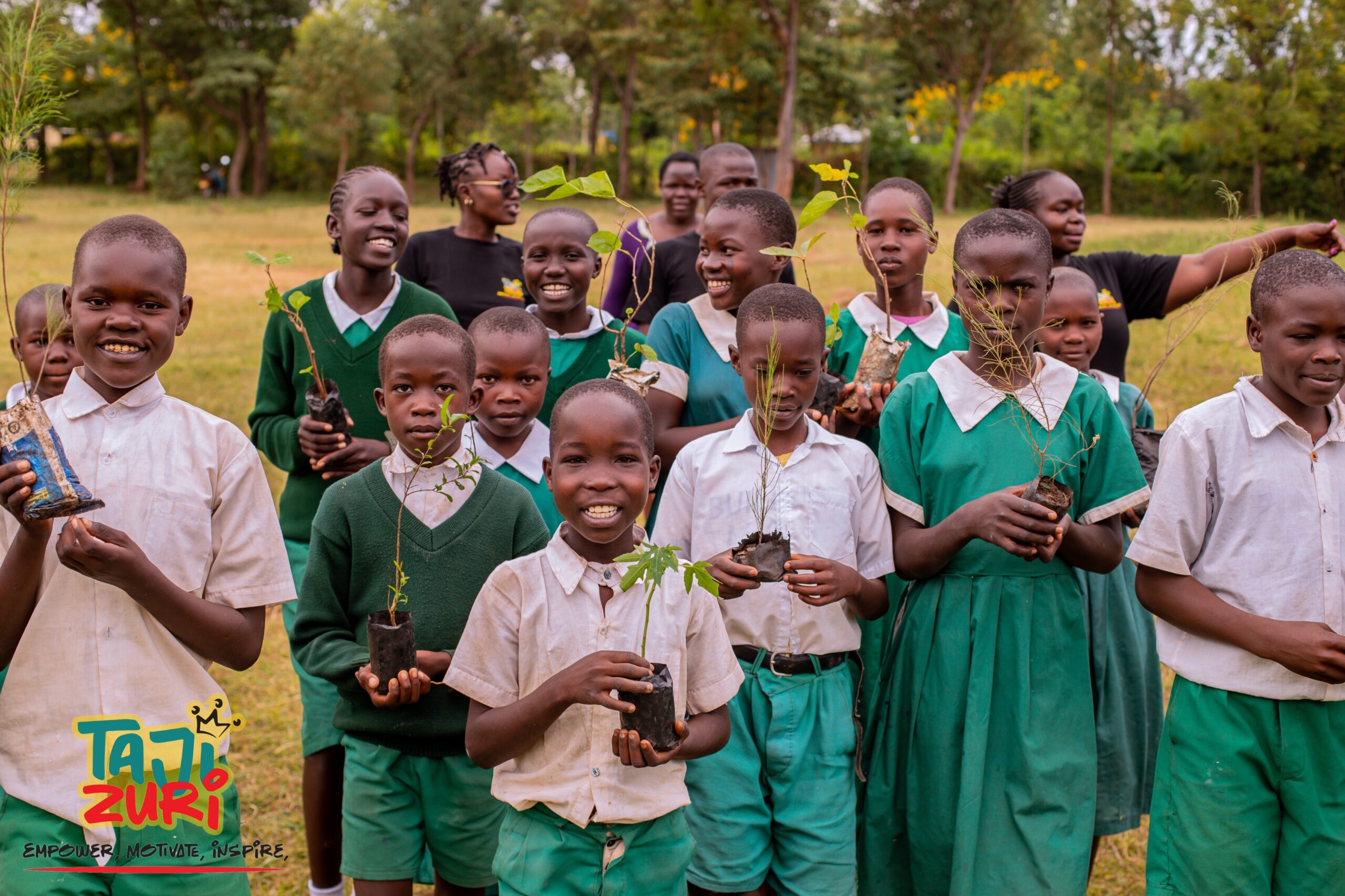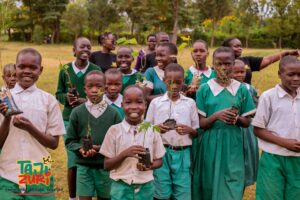Introduction:
Understanding Climate Literacy
Climate literacy refers to the knowledge and understanding of climate science that enables individuals to make informed decisions regarding climate change and its impacts. A climate-literate person can recognize the causes and consequences of climate change, communicate about it effectively, and make responsible choices to reduce environmental harm.
According to the Intergovernmental Panel on Climate Change (IPCC), climate change is one of the greatest challenges facing humanity. However, the ability of communities to respond effectively depends on their understanding of the issue. Climate literacy is therefore essential in equipping individuals, especially students and local communities, with the tools to mitigate and adapt to climate challenges.
Research shows a global gap in climate literacy, particularly among youth and vulnerable populations. Despite the growing climate crisis, many education systems have yet to fully integrate climate change education. As such, global, regional, and local efforts are increasingly focusing on embedding climate literacy into school curricula and community development strategies.
Perspectives on Climate Literacy
Global Landscape
Globally, the 2021 UNESCO report “Learn for Our Planet” revealed that only half of the education policies around the world refer to climate change. Many students are graduating from school without a clear understanding of how climate change affects them or what they can do about it. In response, global initiatives like the United Nations Educational Scientific and Cultural Organization (UNESCO) Greening Education Partnership and the United Nations Framework Convention on Climate Change (UNFCCC) Action for Climate Empowerment (ACE) aim to mainstream climate education into formal and informal learning environments. Moreover, countries like Italy have made climate change education mandatory in schools, while others, such as Finland and New Zealand, have introduced integrated environmental curricula.
Regional Overview – Africa and East Africa
In Africa, climate literacy remains limited due to low access to quality education, poverty, and insufficient policy implementation. According to the African Development Bank (AFDB), only 35% of African youth have access to accurate climate information. In East Africa, countries such as Uganda and Tanzania are making strides in integrating climate education, particularly in agriculture and environmental studies. However, widespread climate misinformation and a lack of localized resources hinder progress. The African Union has called for more investment in youth climate education under Agenda 2063, recognizing that Africa’s large youth population is a key asset in addressing climate challenges.
National Context – Kenya
In Kenya, climate change poses a significant threat to food security, water resources, and public health. The Ministry of Environment and Forestry, through the National Climate Change Action Plan (NCCAP) 2018–2022, recognized the need for public awareness and climate education. The Kenya Climate Change Act (2016) supports integration of climate change into education and training. Despite these policies, a 2020 study by the Kenya Institute of Curriculum Development (KICD) showed that climate literacy among students is still low, particularly outside urban areas. However, the government has initiated school-based tree planting programs and included environmental education in the Competency-Based Curriculum (CBC).
County Spotlight – Homabay
Homabay County, located along Lake Victoria, faces increasing climate-related challenges such as erratic rainfall, floods, and declining fish stocks. A 2023 survey by the Lake Basin Development Authority found that only 28% of community members in Homabay understood the causes of climate change, and fewer knew how to adapt. Schools in the county often lack resources for climate education, though organizations like TajiZuri Society and community-based groups have launched environmental clubs and school greening projects. Efforts are also underway to link climate education with livelihoods such as sustainable fishing and farming.
Importance of Climate Literacy and How to Develop It
Importance of Climate Literacy
Informed Decision-Making
Climate-literate individuals can make responsible choices that reduce their carbon footprint, such as using clean energy, reducing waste, or adopting sustainable farming practices.
Enhanced Community Resilience
Communities with higher climate awareness are better able to adapt to climate shocks like droughts and floods. They can plan for emergencies, diversify crops, and conserve natural resources.
Youth Empowerment and Civic Participation
When students understand climate change, they become active citizens who can engage in environmental policy, advocacy, and innovation. Climate education also fosters critical thinking and problem-solving.
Sustainable Economic Growth
Climate literacy supports green jobs and entrepreneurship. For instance, informed farmers can shift to climate-smart agriculture, while youth may explore eco-friendly businesses.
Improved Public Health and Safety
Understanding the link between climate and health (e.g., water-borne diseases, heatwaves) helps communities take preventive actions and demand better infrastructure.
How to Develop Climate Literacy
In the Community
Awareness Campaigns: Use local radio stations, community dialogues, and posters to spread climate knowledge in local languages.
Training for Leaders and Farmers: Partner with agricultural officers and chiefs to train communities on sustainable land use and water management.
Involve Religious and Cultural Leaders: These trusted figures can champion climate messages in congregations and local gatherings.
Promote Indigenous Knowledge: Link traditional environmental practices with modern climate science to make education relatable.
In the Curriculum
Integrate Across Subjects: Embed climate topics in science, geography, agriculture, and even languages and social studies to make it cross-disciplinary.
Teacher Training: Equip teachers with resources and training on how to teach climate science effectively.
Practical Learning: Establish school gardens, tree planting projects, and clean-up campaigns to allow hands-on climate action.
Use Technology and Innovation: Encourage digital learning platforms and eco-innovation hubs in schools to foster creativity around climate solutions.
Student Climate Clubs: Form and support environmental clubs in schools to nurture peer-led climate awareness and activism.
Conclusion
Climate literacy is no longer optional—it is a necessity for a safe, sustainable future. From the global stage to rural communities like Homabay, everyone has a role in promoting climate understanding. By empowering students and communities with the knowledge and tools to act, we can build resilience, protect ecosystems, and create a generation that is both informed and inspired to face the climate crisis.




